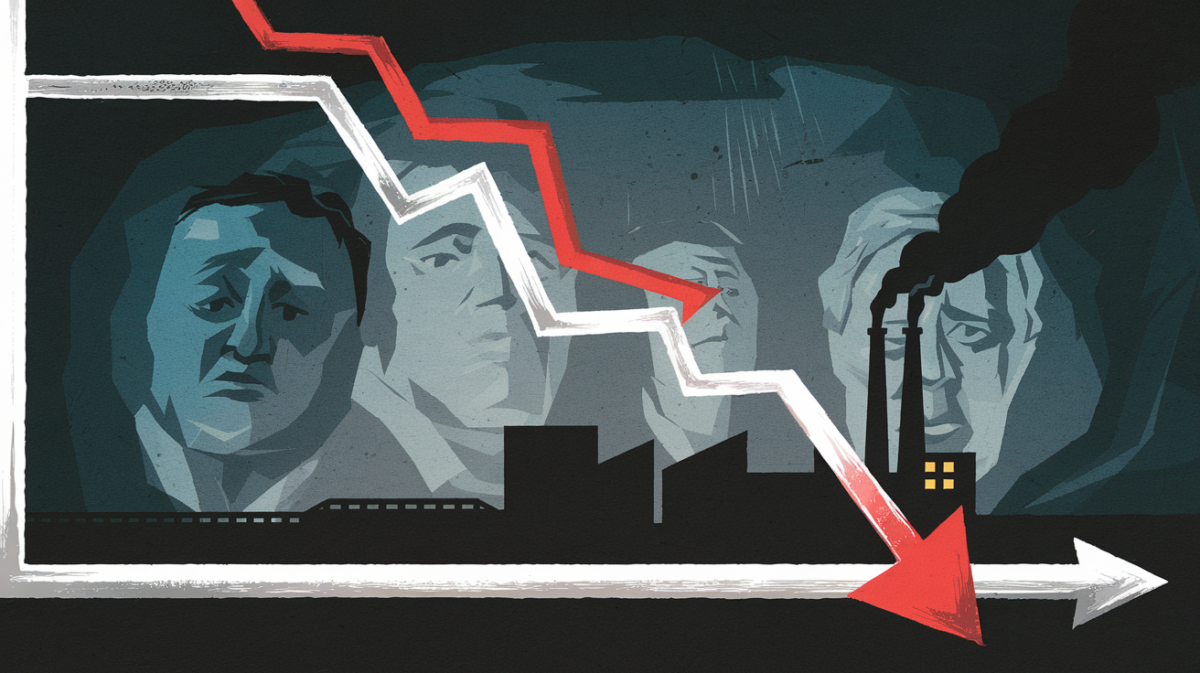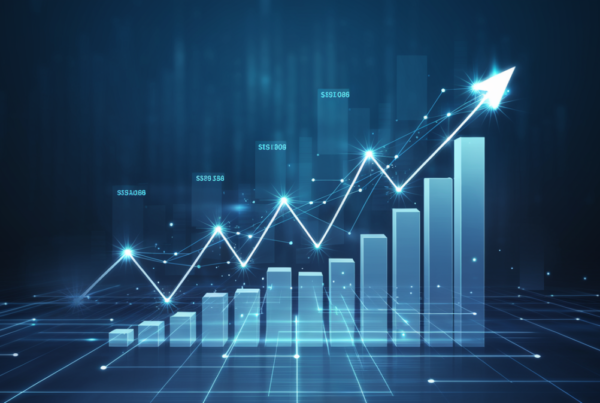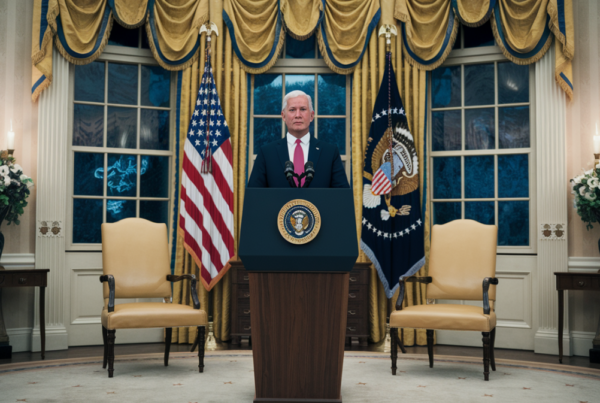In April 2025, U.S. consumer confidence took a sharp downturn, reaching its lowest level in nearly five years. The Conference Board reported a 7.9-point drop in its consumer confidence index, bringing it down to 86.0. This marks the fifth consecutive monthly decline, reflecting growing anxiety over tariffs and economic instability.
Key Factors Behind the Decline
The plunge in consumer confidence is driven by several critical factors, each contributing to a climate of uncertainty and apprehension.
1. Escalating Tariff Concerns
The U.S. administration’s implementation of broad tariffs has sparked fears of a potential recession. Businesses are already feeling the pinch, with companies like Hilton Worldwide revising their revenue forecasts downward due to economic uncertainty. The ripple effects of these policies are being felt across industries, from hospitality to manufacturing.
2. Rising Inflation Expectations
Inflation expectations have surged to levels not seen since 1981, further eroding consumer optimism. Higher prices for everyday goods and services are squeezing household budgets, leaving many Americans wary of future economic conditions.
3. Economic Uncertainty
Unpredictable trade policies, including new auto tariffs, have created significant market volatility. General Motors, for instance, withdrew its 2025 earnings forecast, citing nervous consumers and unpredictable market conditions. This uncertainty is making both businesses and consumers hesitant to spend or invest.
Broader Economic Implications
The decline in consumer confidence isn’t just a number—it has real-world consequences for the economy.
Impact on Small Businesses
Small businesses are particularly vulnerable, facing slowing demand and rising input costs. Many are struggling to adapt to the rapidly changing economic landscape, with some signaling trouble ahead if conditions don’t improve.
Market Volatility
Equity markets have been on a rollercoaster, with investors closely watching corporate earnings and economic data. The ongoing trade tensions are adding to the instability, making it difficult for businesses and consumers alike to plan for the future.
Public Sentiment: A Growing Unease
Discussions on social media platforms like Reddit and YouTube reveal a deep-seated concern about the economy. Many users are openly worried about the possibility of a recession and how tariffs might affect their daily lives. These platforms serve as a barometer for public sentiment, highlighting the widespread unease.
Comparing Consumer Confidence Trends
To better understand the current situation, here’s a comparison of key consumer confidence metrics over the past five years:
| Year | Consumer Confidence Index (April) | Key Influencing Factors |
|---|---|---|
| 2021 | 121.7 | Post-pandemic recovery, stimulus checks |
| 2022 | 107.3 | Inflation concerns, supply chain issues |
| 2023 | 98.5 | Interest rate hikes, geopolitical tensions |
| 2024 | 92.1 | Trade disputes, slowing growth |
| 2025 | 86.0 | Tariff fears, economic uncertainty |
What Lies Ahead?
The sharp decline in consumer confidence underscores the urgent need for strategic policy decisions to restore stability. Without intervention, the current trends could lead to:
- Reduced consumer spending: A key driver of economic growth.
- Business cutbacks: Companies may scale back hiring or investment.
- Market instability: Continued volatility could deter investors.
Conclusion
The April 2025 drop in U.S. consumer confidence is more than a statistic—it’s a reflection of growing fears about tariffs, inflation, and economic instability. As businesses and consumers grapple with uncertainty, the path forward will depend on clear, decisive actions to address these challenges. For now, the mood remains cautious, with many waiting to see how the situation unfolds.







